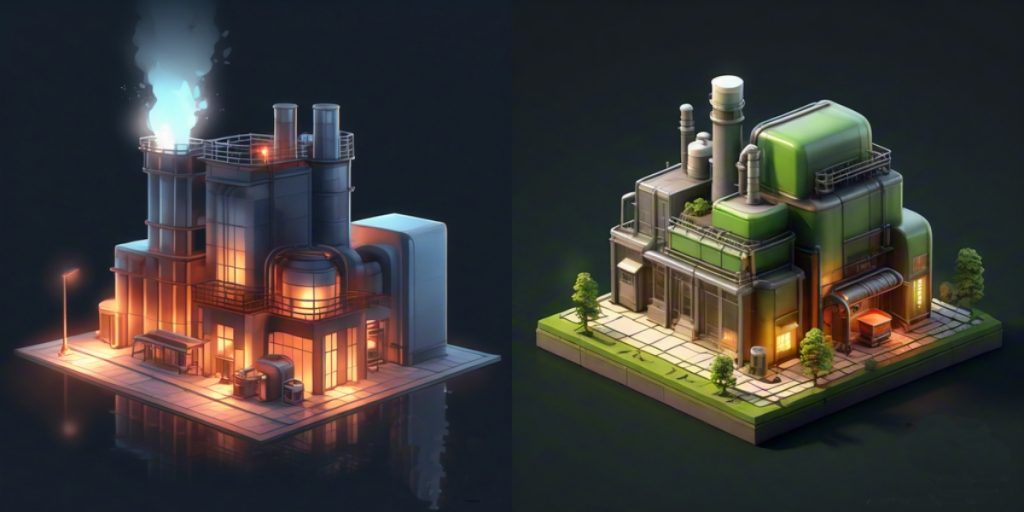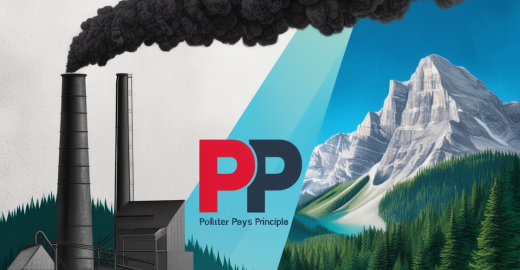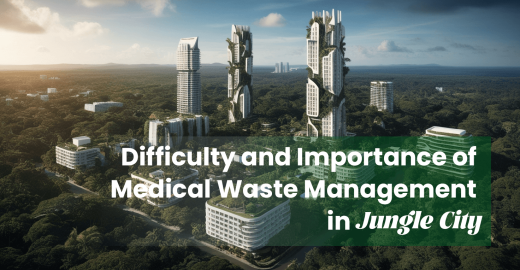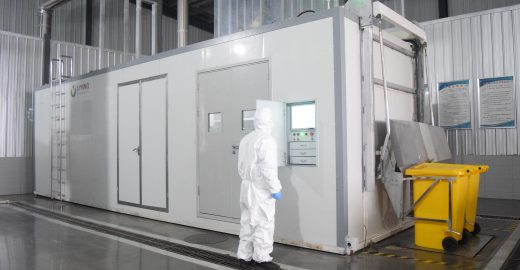Time:
Traditionally, incineration has been widely used for the treatment of medical waste. However, with increasing environmental awareness and technological development, non-incineration technologies are gradually emerging. This paper discusses the advantages and disadvantages of incineration and non-incineration technologies in the disposal of medical waste by comparing the appropriateness of the scale of the technology and the appropriateness of the cost of the technology.
The incineration process is more suitable for larger-scale medical waste disposal and hazardous waste disposal. For example, incineration is often used for medical waste disposal and hazardous waste disposal above 10 tons/day. In addition, the incineration process reduces the volume of waste significantly, often by more than 50 per cent, easing the transport of the disposed waste.
However, it is more difficult to realize small-scale medical waste incineration facilities:
Therefore, it is only theoretically possible for small-scale incineration facilities to achieve incineration of medical waste and meet the emission standards.
Non-incineration treatment technologies such as microwaves are more suitable for small-scale medical waste disposal due to their advantages such as intermittent operation, low operating costs, strong adaptability, less secondary pollution, no generation of dioxins and other pollutants, easy operation and management, and stable process operation results.

Compared with incineration technology, non-incineration treatment technology has more significant advantages in construction cost and operation cost.
Lower operating costs make non-incineration technology more attractive and competitive. It produces small volumes of wastewater and exhaust gases, is easy to treat, and has a high degree of assurance of disposal.
It is important to note that non-incineration technologies do not change the existing system of separate packaging collection within hospitals. Therefore, waste pharmaceuticals, chemical wastes and pathological tissue wastes often account for a small proportion, only 1-3% of the total amount of medical waste, and are not included in its disposal system. This type of waste has a corresponding disposal system, so it is usually not included in the incineration system either.
In summary,non-incineration technologies are particularly suitable for small to medium-scale medical waste disposal projects ofabout 1-10 tons/day.
By comparing the technology scale, technology cost and environmental benefits of incineration and non-incineration technologies for healthcare waste disposal, you should already have a basic understanding of these two broad technology classifications. In addition, you can learn more about hazardous waste disposal technologies further.

What is the Polluter Pays…

Forests and wetlands are …

Of course! LI-YING has ex…
PDF Request